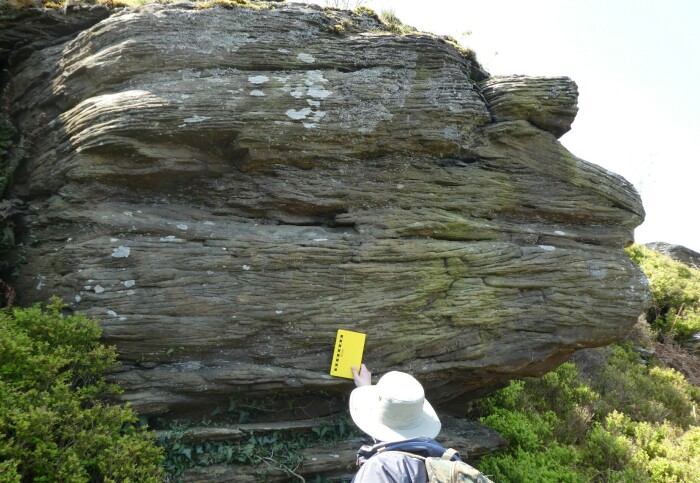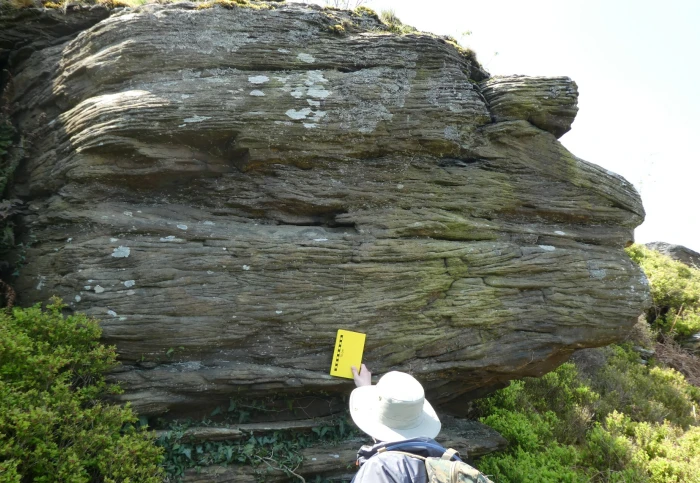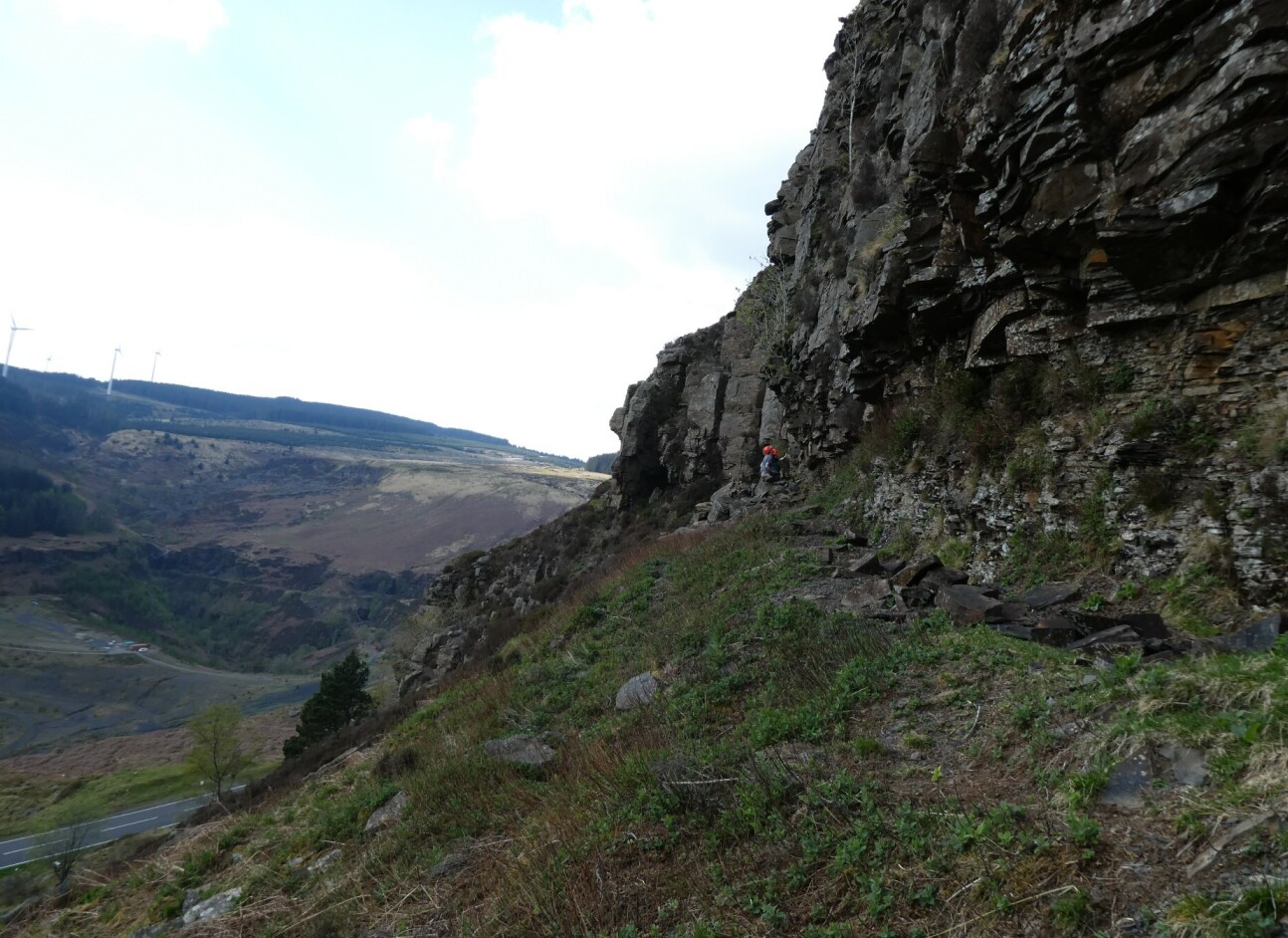Flood sandstones and leaf-led design: News from the College


Here’s a batch of fresh news and announcements from across Imperial.
From research into using sandstones to calculate ancient river flood events, to a project on the design principles of plant leaf structures, here is some quick-read news from across the College.
How floods formed Welsh sandstones

The Pennant Sandstone Formation of South Wales formed in the Carboniferous period, when Wales was on the equator and covered by tropical rainforest. As rivers flowed from a mountain range in the heart of the ancient super-continent of Pangea, abundant log-jam deposits and dunes were preserved in sandstone. The team’s analysis reveals that these rivers were dominated by numerous flash floods with durations of 4-16 hours, driven by short-lived storms.
Lead researcher Jonah McLeod said: “Our work provides a new way to reconstruct how landscapes in the past were affected by climate-driven flood events. Understanding flooding in the past is crucial to predict the sensitivity of landscapes to environmental change in the future, providing analogies of what we might witness as the climate changes.
“Climate models project a marked increase in rainfall extremes by the year 2100, and reconstructing landscape dynamics in extreme conditions, such as these warm, wet rainforest environments controlled by flash floods, allows us to project the consequences.”
Read the full paper in Nature Communications.
Health monitoring on the go
The team added a new infrared polymer to an organic photodetector – a new class of materials that are finding use in, for example, new OLED screens. The added capacity to detect in the near-infrared range means the photodetector can measure heart rate variability in real-time through the skin and take measurements of blood oxygen saturation.
These tasks are usually performed with a clip-on pulse oximeter, but the new advance could help create flexible, wearable and biocompatible devices for constant monitoring.
First author Polina Jacoutot said: “This work demonstrates the vast commercial potential for organic electronics in devices that can deliver on-the-go monitoring. The new infrared detector delivers fast biometric monitoring with high sensitivity.”
Lead researcher Dr Nicola Gasparini added: “Since the SARS-CoV-2 pandemic, the demand for affordable and accurate health monitoring devices has risen more than ever before. Coupled with the rise of the Internet of Things market, we believe our novel photodetectors will stand at the precipice of the new era of wearable devices.”
Read the full paper in Science Advances.
Leaf-led design
At the millimetre scale, leaves have sandwich structures consisting of stiff outer sheets separated by a softer core. Taking inspiration from nature, the research team aims to shed light on the stability of plant leaves and apply this knowledge to aerospace and marine engineering.
Imperial lead Professor John Dear, of the Department of Mechanical Engineering, said: “Our expertise in analysing mechanical behaviour of sandwich structures designed for aeronautical and marine applications positions us well to model the intricate sandwich design of leaves. We are excited to collaborate with the HFSP-backed international research team to unravel the enigmatic design principles of leaf architecture.”
Article text (excluding photos or graphics) © Imperial College London.
Photos and graphics subject to third party copyright used with permission or © Imperial College London.